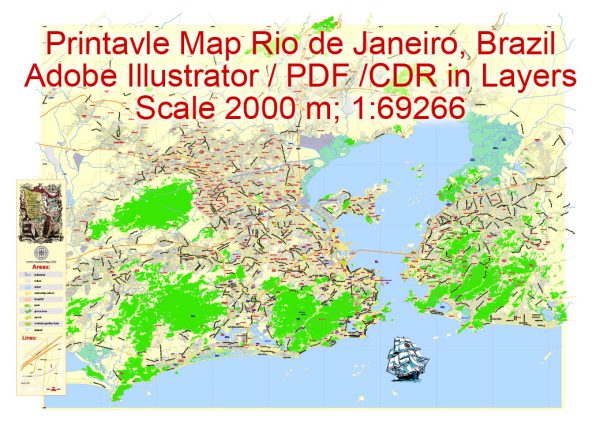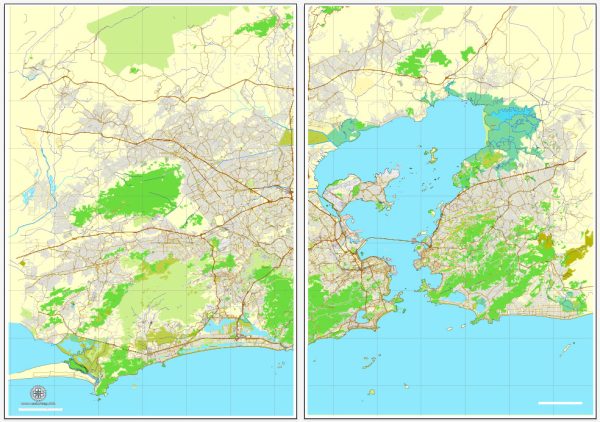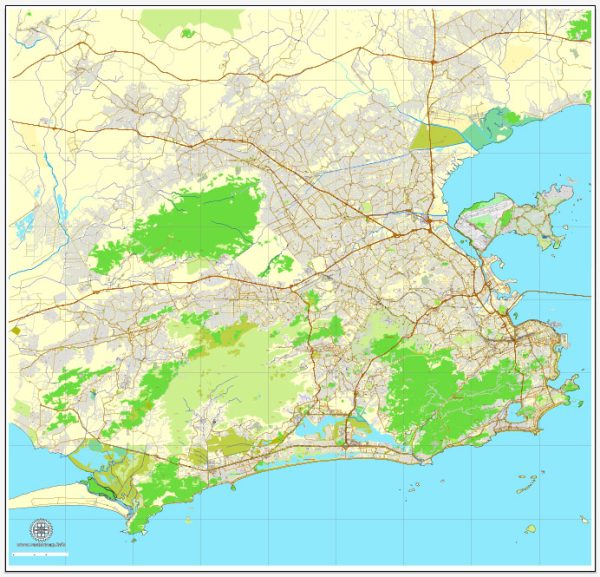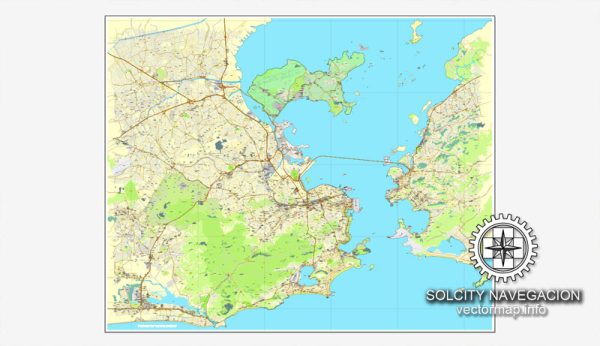Rio de Janeiro, Brazil, is a major city and a key transportation hub in South America. The city is known for its vibrant culture, stunning landscapes, and iconic landmarks, such as Sugarloaf Mountain and Copacabana Beach. Here’s an overview of maritime and air transportation in Rio de Janeiro:
Maritime Transportation:
- Port of Rio de Janeiro:
- The Port of Rio de Janeiro is one of the largest and busiest ports in Brazil.
- It serves as a crucial gateway for imports and exports, handling a variety of goods, including commodities, manufactured products, and raw materials.
- The port facilities are equipped to handle containerized cargo, bulk cargo, and general cargo.
- Cruise Terminal:
- Rio de Janeiro is a popular destination for cruise ships, and it has a dedicated cruise terminal, the Pier Mauá Cruise Terminal.
- The terminal welcomes numerous cruise liners throughout the year, contributing significantly to the city’s tourism industry.
Air Transportation:
- Galeão – Antônio Carlos Jobim International Airport (GIG):
- Galeão Airport, also known as Rio de Janeiro International Airport, is one of the main airports serving the city.
- It is located about 20 kilometers north of the city center.
- Galeão handles both domestic and international flights, connecting Rio de Janeiro to major cities worldwide.
- Santos Dumont Airport (SDU):
- Santos Dumont Airport is another important airport in Rio de Janeiro, situated closer to the city center.
- It primarily serves domestic flights and is known for its scenic location, nestled between the city’s skyline and Guanabara Bay.
- Airport Infrastructure:
- Both airports are equipped with modern facilities, including lounges, duty-free shops, and transportation services.
- They play a vital role in supporting the tourism industry and facilitating business travel in and out of Rio de Janeiro.
- Airlines:
- Various domestic and international airlines operate flights to and from Rio de Janeiro, connecting the city to major destinations globally.
- Transportation between Airports:
- Ground transportation options, such as taxis, shuttle buses, and ride-sharing services, are available for travelers moving between Galeão and Santos Dumont airports.
- Upcoming Developments:
- Brazil has ongoing plans and projects to enhance its transportation infrastructure, including airports and seaports, to accommodate the growing demand and further boost economic activities.
In summary, Rio de Janeiro’s maritime and air transportation infrastructure is well-developed, facilitating trade, tourism, and business activities in this dynamic Brazilian city.





 Author: Kirill Shrayber, Ph.D.
Author: Kirill Shrayber, Ph.D.